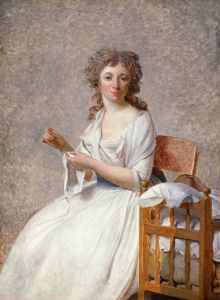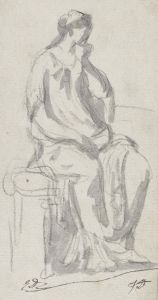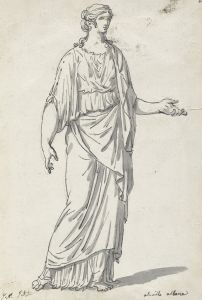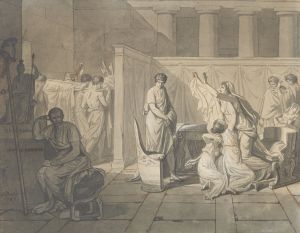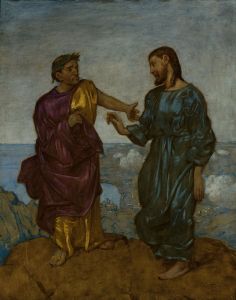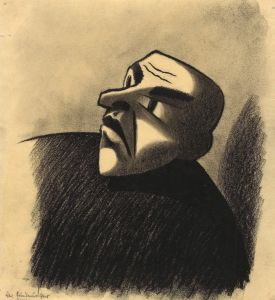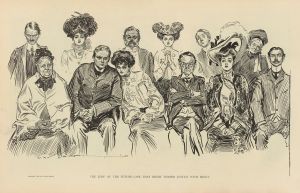
Study for The Lictors Bringing Brutus the Bodies of his Sons
A hand-painted replica of Jacques Louis David’s masterpiece Study for The Lictors Bringing Brutus the Bodies of his Sons, meticulously crafted by professional artists to capture the true essence of the original. Each piece is created with museum-quality canvas and rare mineral pigments, carefully painted by experienced artists with delicate brushstrokes and rich, layered colors to perfectly recreate the texture of the original artwork. Unlike machine-printed reproductions, this hand-painted version brings the painting to life, infused with the artist’s emotions and skill in every stroke. Whether for personal collection or home decoration, it instantly elevates the artistic atmosphere of any space.
Study for The Lictors Bringing Brutus the Bodies of his Sons is a preparatory drawing by the French Neoclassical painter Jacques-Louis David. The work is associated with David's larger painting, The Lictors Bringing Brutus the Bodies of his Sons, completed in 1789. The study serves as a preliminary exploration of composition, figures, and emotional intensity, reflecting David's meticulous approach to historical and moral themes.
The subject of the artwork is drawn from Roman history, specifically the story of Lucius Junius Brutus, the founder of the Roman Republic. According to historical accounts, Brutus condemned his own sons to death after they were found guilty of conspiring to restore the monarchy. The scene depicted in the study and the final painting captures the moment when the bodies of Brutus's executed sons are brought back to him, emphasizing the tension between personal grief and public duty.
David's study demonstrates his commitment to the Neoclassical style, characterized by clarity, order, and an emphasis on moral virtue. The drawing focuses on the arrangement of figures and the emotional dynamics of the scene. Brutus is typically shown seated, isolated in his stoic resolve, while other figures, including his grieving wife and daughters, express anguish and sorrow. The lictors, Roman officials who carried out the executions, are depicted bringing the bodies into the scene, underscoring the gravity of Brutus's decision.
The study reflects David's interest in themes of sacrifice, civic responsibility, and the conflict between personal and political obligations. These themes resonated strongly during the late 18th century, as the French Revolution was unfolding. David, an active supporter of the Revolution, sought to draw parallels between ancient Roman republican ideals and contemporary political struggles in France.
As a preparatory work, the study provides insight into David's artistic process. It reveals how he experimented with composition, lighting, and the placement of figures to achieve the desired emotional and narrative impact in the final painting. The study is executed with precision and attention to detail, showcasing David's skill as a draftsman.
The final painting, completed in 1789, is housed in the Louvre Museum in Paris. The study, along with other preparatory works by David, is valued for its contribution to understanding the development of one of his most significant historical paintings.





